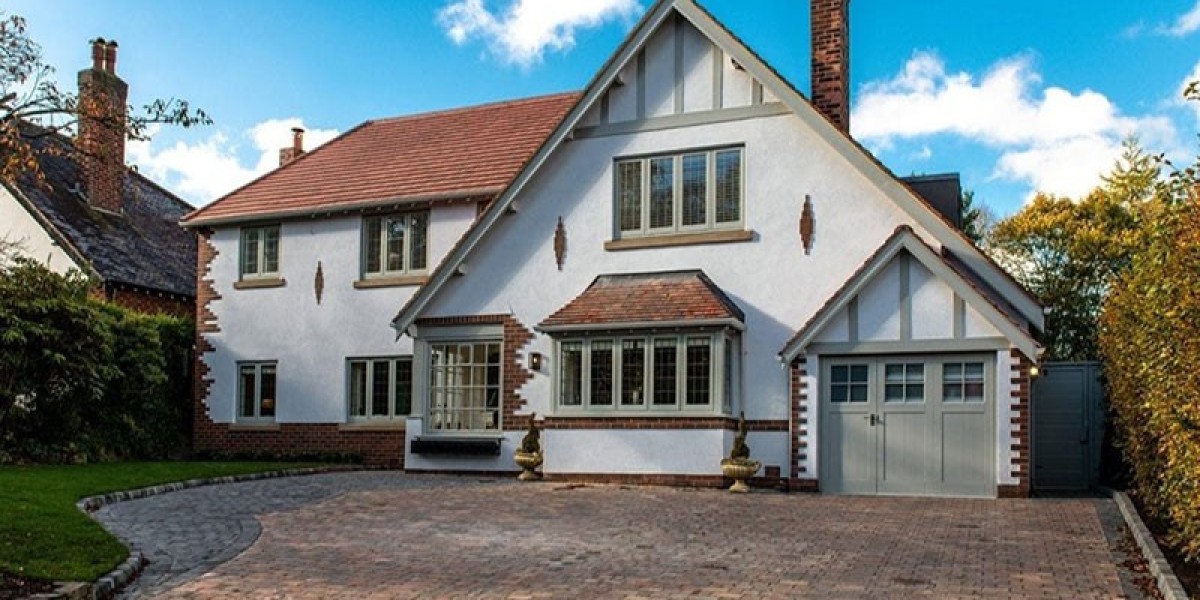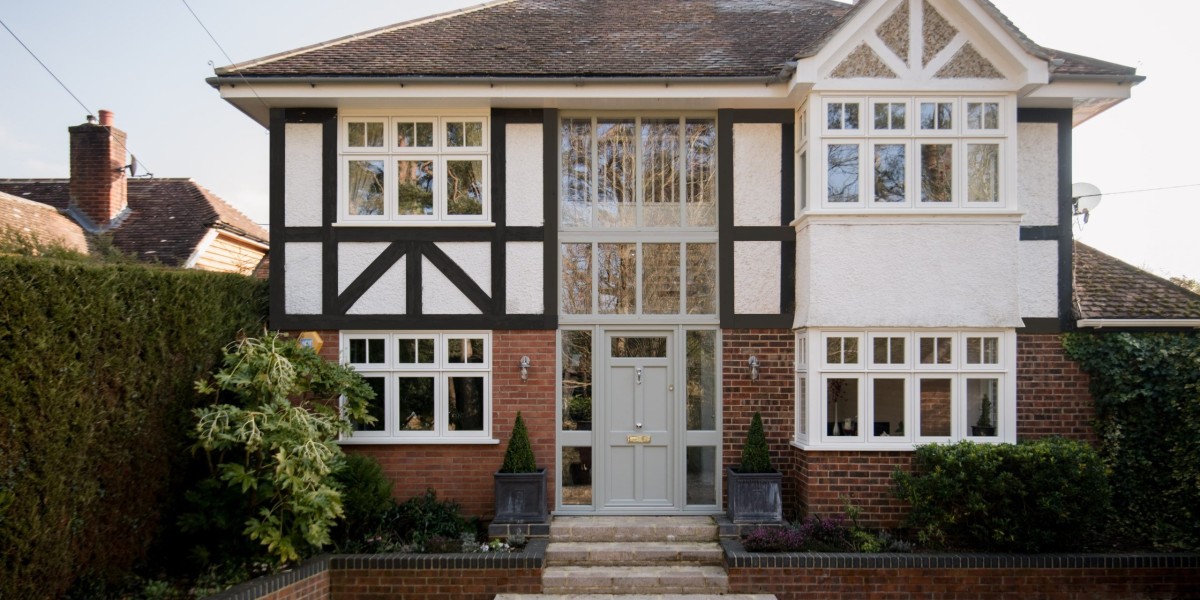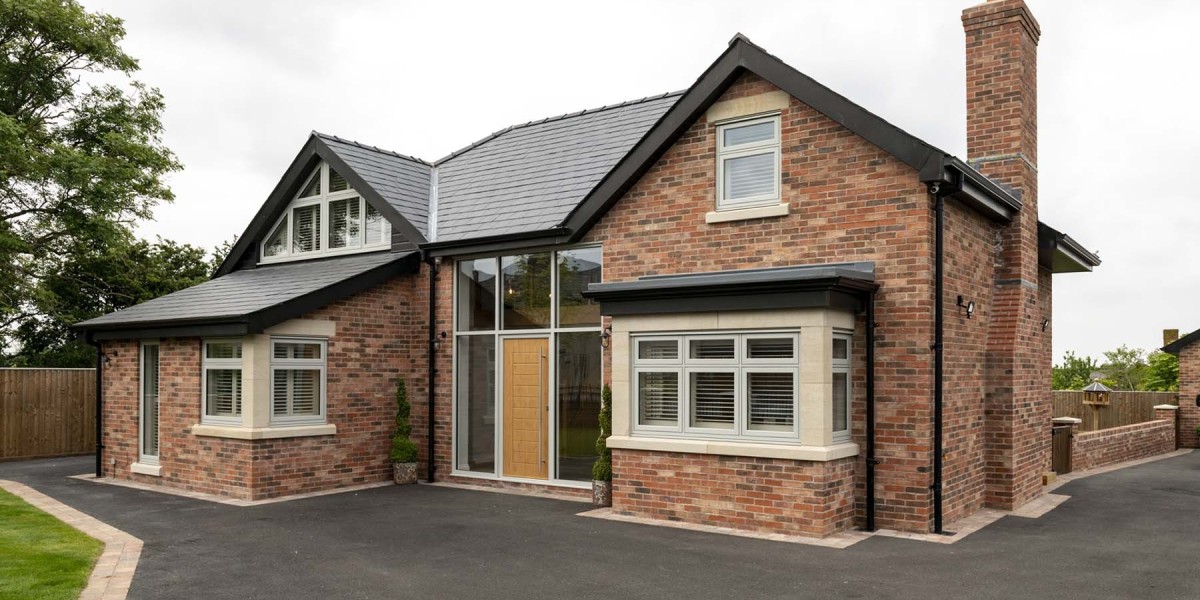Introduction
Window installation is a critical aspect of building construction and renovation, impacting both aesthetic appeal and energy efficiency. This report aims to provide an in-depth analysis of window installation, covering types of windows, installation processes, materials used, benefits, challenges, and best practices.
Types of Windows
There are several types of windows available, each serving different purposes and aesthetic preferences. The most common types include:
- Double-Hung Windows: These windows feature two operable sashes that can slide vertically. They are popular for their traditional look and ease of cleaning.
- Casement Windows: Hinged on one side, these windows open outward, providing excellent ventilation and unobstructed views. They are often used in modern designs.
- Sliding Windows: These windows consist of two or more sashes that slide horizontally. They are space-efficient and ideal for wider openings.
- Awning Windows: Hinged at the top, these windows open outward from the bottom. They are effective for ventilation even during rain.
- Bay and Bow Windows: These are composite windows that protrude from the house, creating a nook inside. They enhance the visual appeal and provide additional space.
- Picture Windows: Fixed windows that do not open, designed to offer unobstructed views and maximize natural light.
Materials Used
The choice of materials for window frames significantly impacts durability, maintenance, and energy efficiency. Common materials include:
- Vinyl: Known for its affordability and low maintenance, vinyl windows are resistant to moisture and do not require painting.
- Wood: Offers excellent insulation and aesthetic appeal but requires regular maintenance to prevent rot and warping.
- Aluminum: Lightweight and strong, aluminum frames are often used in commercial buildings but can conduct heat, making them less energy efficient.
- Fiberglass: This material is strong, durable, and energy-efficient, though it is often more expensive than other options.
- Composite: Made from a combination of materials, composite frames aim to provide the benefits of both wood and vinyl.
The Installation Process
The installation of windows involves several critical steps to ensure proper fit, function, and performance. The process typically includes:
- Preparation: Before installation, it is essential to measure the window opening accurately. This ensures that the new window fits correctly and prevents air leaks.
- Removal of Old Windows: The old window must be carefully removed without damaging the surrounding structure. This may involve removing trim and sashes.
- Inspection: Inspect the window opening for any signs of damage or rot. Any issues should be addressed before installing the new window.
- Installation of New Window: The new window is placed into the opening. It should be level and plumb. Shims may be used to adjust the fit.
- Sealing: Proper sealing is vital to prevent air and water infiltration. This involves applying flashing tape and caulk around the window frame.
- Finishing Touches: Once the window is installed, interior and exterior trim can be added to enhance aesthetics and provide a finished look.
Benefits of Proper Window Installation
Proper window installation offers numerous benefits, including:
- Energy Efficiency: Well-installed windows reduce energy loss, leading to lower heating and cooling costs. They can also enhance the overall energy rating of the building.
- Increased Comfort: Properly sealed windows prevent drafts and temperature fluctuations, contributing to a more comfortable indoor environment.
- Enhanced Aesthetics: New windows can significantly improve the curb appeal of a home, increasing its market value.
- Noise Reduction: Quality window installation can help minimize outside noise, creating a quieter indoor atmosphere.
- Increased Security: Modern windows come with advanced locking mechanisms that enhance security against intrusions.
Challenges in Window Installation
Despite its benefits, window installation can present several challenges, including:
- Weather Conditions: Adverse weather can delay installation and affect the curing of sealants.
- Structural Issues: If the building structure is compromised, it can complicate the installation process and may require additional repairs.
- Code Compliance: Ensuring that installations meet local building codes and regulations can be cumbersome.
- Cost: High-quality windows and professional installation can be costly, leading some homeowners to opt for DIY solutions that may not yield the best results.
Best Practices for Window Installation
To ensure successful window installation, several best practices should be followed:
- Hire Professionals: While DIY installation can save money, hiring experienced professionals can ensure that the job is done correctly and efficiently.
- Choose Quality Materials: Investing in high-quality windows and materials can lead to long-term savings and performance.
- Follow Manufacturer Instructions: Adhering to the manufacturer's guidelines during installation can prevent issues and ensure warranty coverage.
- Regular Maintenance: After installation, regular inspections and maintenance can prolong the life of the windows and ensure optimal performance.
- Consider Energy Ratings: When selecting windows, consider their energy ratings, such as Energy Star certification, to ensure efficiency.
Conclusion
Window installation is a vital component of building construction and renovation that impacts energy efficiency, aesthetics, and http://littlebournebenefice.org.uk/littlebourne-benefice-hosts-a-memorable-community-gala/ comfort. Understanding the various types of windows, materials, installation processes, and best practices can help homeowners and builders make informed decisions. As the demand for energy-efficient solutions continues to grow, proper window installation will remain a key factor in sustainable building practices.








